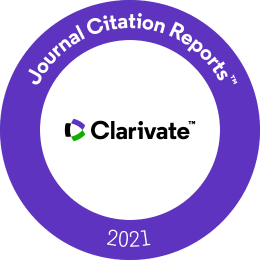Title
Mapping the strategic landscape for global financial institutions through brand equity trend analysis
Abstract
This paper aims to present the strategic landscape for global financial institutions through a trend analysis for Interbrand's top 100 global brands. The study used longitudinal data of 20 years (2001 to 2020) from the top 100 global brands published by Interbrand annually. Analyses are based on Interbrand's brand equity ($ millions), annual brand ranking, and annual growth in brand equity using descriptive statistics. This research provides three significant findings. Firstly, it supports the country of origin's effect on top Financial Institutions. American financial institutions were always ahead of financial institutions from other countries. European banks have a relatively higher growth rate. Secondly, this research proposes three clusters of global financial institutions. Leaders include financial institutions that appeared in Interbrand's Global brand list for at least 15 years during 2001-2020 and having minimum brand equity of USD 8.0 billion in 2020. Challengers include financial institutions that appeared in Interbrand's global brand list for at least five years during 2001-2020; and having minimum brand equity of USD 7.0 billion in 2020. Extinct include financial institutions that appeared in Interbrand's global brand list at least once during 2001-2020 but not listed for the last eight years. Finally, this paper presents the effects of the global financial crisis (2008) and global pandemic (2020) on financial institutions. The global financial crisis (2008-9) deeply affected the global banking industry. Many banks were forced to close, and governments had to bail them out. The financial stocks were crushed, and many of them were slashed. The collapse of the US financial system caused many investors to lose their money. The brand equity of financial institutions has the most significant decline. While the global pandemic crisis (2019-20) completely halted the world's economy for many months, the bank's brand equity was not severely affected. Although in 2019-20, there was a decline in the growth rate of the financial sector's brand equity compared to all other sectors, the cumulative brand equity of the financial sector was constantly on the rise. These findings have implications for practitioners and academicians to understand better the underlying patterns and changes in top global financial institutions' brand equity and devise the appropriate strategies. In addition, the findings invite future research on probing the reasons behind the drastic changes in the brand equity of various global financial institutions in the last two decades.
Keywords
trend analysis, brand equity, financial institutions
JEL classifications
L26
URI
http://jssidoi.org/jesi/article/878
DOI
Pages
401-414
This is an open access issue and all published articles are licensed under a
Creative Commons Attribution 4.0 International License














 RSS 1.0
RSS 1.0
